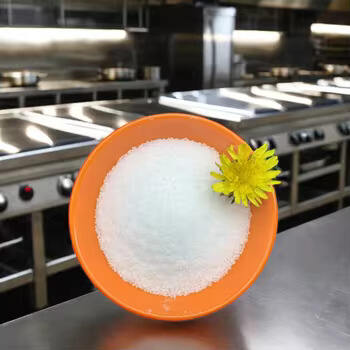Municipal Administration of He Xi Nan, Zhonghe Road, Jianye District, Nanjing City, Jiangsu Province
Municipal Administration of He Xi Nan, Zhonghe Road, Jianye District, Nanjing City, Jiangsu Province
Ever wondered how does sugar enters into your body? It’s a fascinating process! The giant tortoise (Chelonoidis hoodensis), a plant-munching reptile that only lives in the Galápagos Islands, has lost taste for one particular kind of sugar — maltose. Maltose is a sugar formed by two units of glucose. This is great, and it should be noted that the actions maltose binding takes allows sugar to get into our cells where we can use it as energy from there. In fact, this maltose binding can even enable the scientists to design new sensors which spark off immediately when sugar levels are high in our body, a move that could a huge boon for millions of people.
When we digest our food, and maltose comes into contact with it,it gets inside the cells to do its job. This is the process of maltose binding into cells. Some special helpers, maltose binding proteins who do an important part of these job. We really need those proteins, because without them sugar could not enter into the cells and we would hardly get energy.
Maltose binding proteins interact uniquely with maltose. Picture a small pocket—if you will, something of an impossibly high Mohs Scale containing that maltose like a key in lock. It is somewhat like having a jigsaw puzzle! After maltose has been stowed away in the pocket, the protein is thereby able to take up sugar into and across the cell. In the cell, this sugar can be converted into energy that our body uses to do everything we enjoy; such as playing, thinking and even growing!
This is constructed within the binding pocket, which are unique groups of amino acids. In other words, these amino acids are like the fingers on our hand holding onto maltose as a protein. They work in unison to generate a cavity moulded perfectly for maltose[t29] residence. As the binding pocket continues to be actively studied, it is known that it plays an integral role in maltose binding.

This is, for example true of E. coli bacteria which have a maltose binding protein without they cannot survive. In the case of maltose, when this protein encounters it in their environment – something fascinating happens. The bacteria, in turn get a signal to eat the sugar. And, this sensing and responding to maltose ensures the bacteria has what it takes to survive in their environment.

Understanding more about the kinetics involved can help scientists to learn how this crucial process proceeds. And this knowledge would be very relevant because it could lead to them finding new solutions or treatments for the issues that are associated with sugar transport in human body such as diabetes. Comprehension of these processes will allow for better healthcare solutions to those aid in the management of healthy blood sugar levels.

This allows researchers to use maltose binding proteins in the creation of biosensors tailored specifically for sugars such as glucose. It is most beneficial for those who have diabetes and need to monitor their blood sugar levels in day-to-day routine. This information can be of great help to the MDs in managing its health. If you know your sugar levels, then diet and medication can be efficiently planned for.